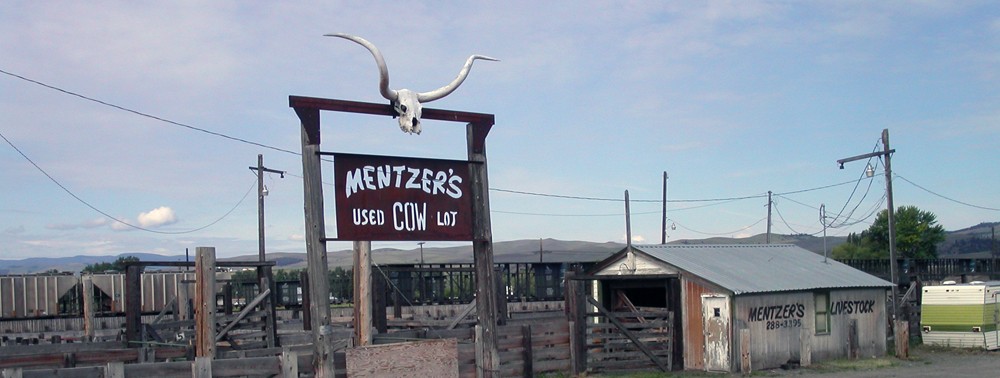Tom King and several other preservation colleagues drafted a letter to Sally Jewell, the new Secretary of the Interior. The letter asks Secretary Jewell to revamp the federal historic preservation process:
We urge you to conduct a full review of the national historic preservation program with the aim of bringing it back to the intent of its founders, as that intent relates to the imperatives of the twenty-first century. We would be pleased to do whatever we can to assist in such an enterprise.
Tom asked me to sign the letter along with other practicing heritage preservation professionals and a batch of students poised to begin their careers in a regulatory system that has gone astray from its founding principles. The letter is embedded below. Continue reading


